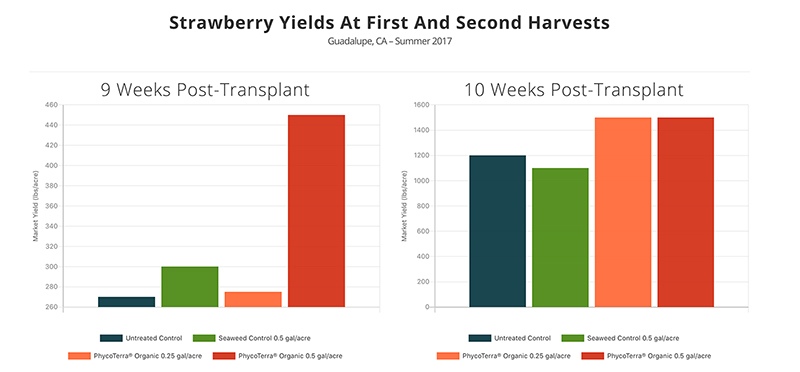DiPel Biological Insecticide Becomes ‘Go-To Treatment’ For EGVM, LBAM, And Other Problem Pests
As California vineyards came under intensive attack from European grapevine moth (EGVM) last year, and light brown apple moth (LBAM) before that, more growers are looking to DiPel® Biological Insecticide for proven control of those and other Lepidopteran species in grapes.
Tino Lopez, commercial development representative for Valent U.S.A. Corporation, said DiPel was especially helpful for growers struggling to get ahead of damaging worms, including EGVM, early in the season.
“University of California experts recommend using DiPel against the first and second generations of EGVM — about 10 days after peak male flight,” Lopez said. “Controlling those first rounds of EGVM with DiPel also helps prevent the third and fourth generations from taking hold late in the summer, when some of the greatest damage to the vines can occur.”
While tough on EGVM, LBAM, leafrollers and other Lepidopteran pests, DiPel is soft on the environment and beneficial insects.
DiPel brings grape growers:
• the Bt power of Bacillus thuringiensis kurstaki
• freedom from MRL concerns
• compatibility with monitoring and disruption pheromones in other IPM practices
• outstanding consistency and quality in every batch
• an OMRI listing for organic production (DiPel DF formulation)
For more information on DiPel on grapes or more than 200 other registered crops, visit www.valent.com/dipel or a special feature at GrowingProduce.com: A Biorational Approach.
Additional note: To help reduce the spread of EVGM in heavy grape-growing regions, the California Department of Pesticide Regulation recently granted California olive growers a 24(c) special local need registration for the use of DiPel® DF Biological Insecticide. Olives, a crop commonly grown in close proximity to grape vineyards, often serve as hosts to the dangerous first-generation EGVM.










